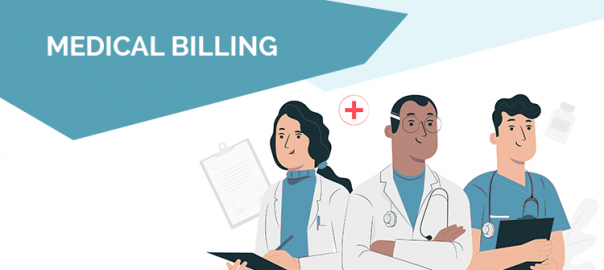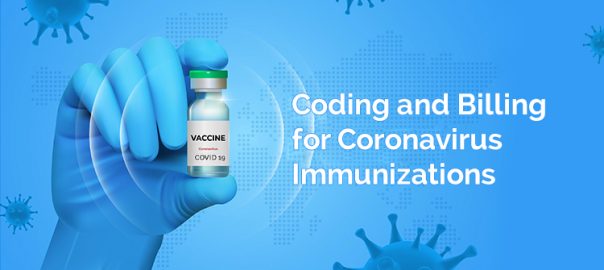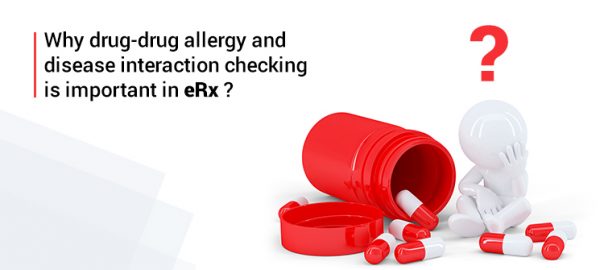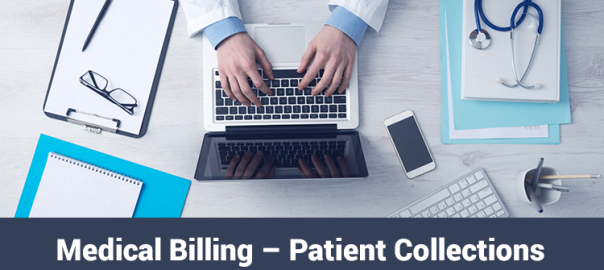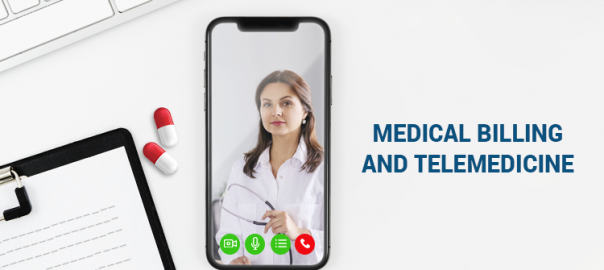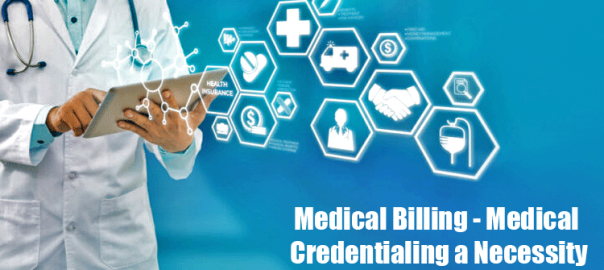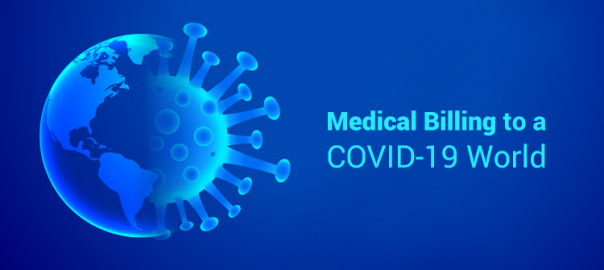The current healthcare space has created confusions not only among healthcare providers but also among the patients. Many of the patients are unaware about how healthcare insurance works. In today’s healthcare environment, insurance eligibility screening is crucial and must be done before the patient is ever seen by the doctor in order to minimize the risk of services being refused.
Running an eligibility testing allows to submit clean claims to healthcare providers.
It prevents re-submission of claims, decreases rejections and denials related to demographic or eligibility, enhances upfront collections, leading to increased patient satisfaction.
Importance Of Insurance Eligibility Checking In Medical Billing
Insurance eligibility verification is the method of checking the insurance of a patient in terms of :
➣ Coverage
status
➢ Active or Inactive status
➣ Eligibility status
Without this information, healthcare services will be interrupted. Verification of insurance eligibility is necessary as it is directly linked to claim denials or payment delays of any healthcare services. The claim denial and payment delays occurs when eligibility checking is not done correctly and efficiently. Checking patient eligibility or insurance eligibility remains important to medical practice income and productivity and also saves time and money.
The steps explained below will give you some insights about the importance of patients insurance eligibility checking in Medical Billing Services
- The advance checking of patient’s insurance eligibility helps to estimate the total patient responsibility for payment. When patients are notified of their approximate sum before appointments they are much more likely to come to the appointment prepared to pay or make payment plans.
- Knowledge about insurance can be very confusing and it changes rapidly. A large number of patients aren’t aware about their coverage, and also they do not know that their deductible have changed. A good protocol is to notify the patients as soon as possible so that they can budget in the extra costs or work with the practice to create a schedule of their payment.
- The majority of patients want their bills to be paid on time. This eligibility checking procedure helps the patients to access all the data they needed so that they are not blindsided by high bills.
- In situations where insurance has expired or plans do not cover the programs, checking eligibility in advance protects the procedure.
The eligibility and benefits of a patient can change at any time. Lack of follow up with insurance carriers prior to a patient visit may lead to rise in claim denials and a substantial loss of a revenue. Patients insurance eligibility checking plays a major role in a healthcare facility’s claims denial management program. Every successful Medical Billing Services depends solely on the success of eligibility verification. Having a detailed checking of eligibility verification at healthcare desk eliminates hours on phone or using several websites to check the eligibility details. Therefore, Patients insurance eligibility is very vital and plays a very effective role in medical billing. iMedWare expedite every of your claim quickly and completely with confidence. We are one among the leading Medical Billing companies in Syracuse and we can simplify your ever changing billing needs.
